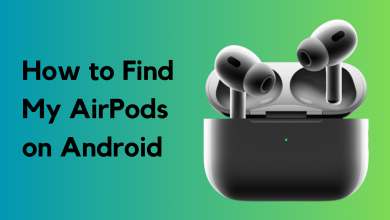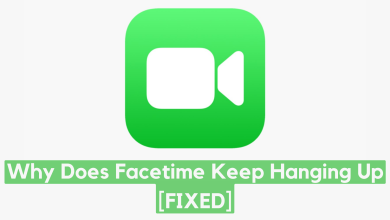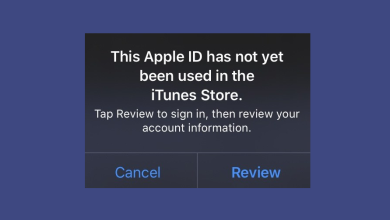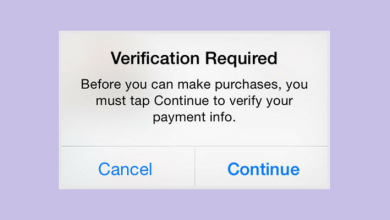15 Foolproof Ways To Fix The Face ID Not Working Problem
A signature characteristic of recent iPhone models, the Face ID allows you to unlock your phone, authenticate transactions, and sign in to different applications within seconds. It is quick, easy, and simple. Consequently, if the Face ID is not working for any reason, it can ruin your entire user experience.
To help you out, the following is a compilation of 15 guaranteed solutions to fix the problem of why your Face ID may not be working. Each fix has been assessed to ensure its effectiveness, so make sure to test them all individually.
1. Restart Your Device
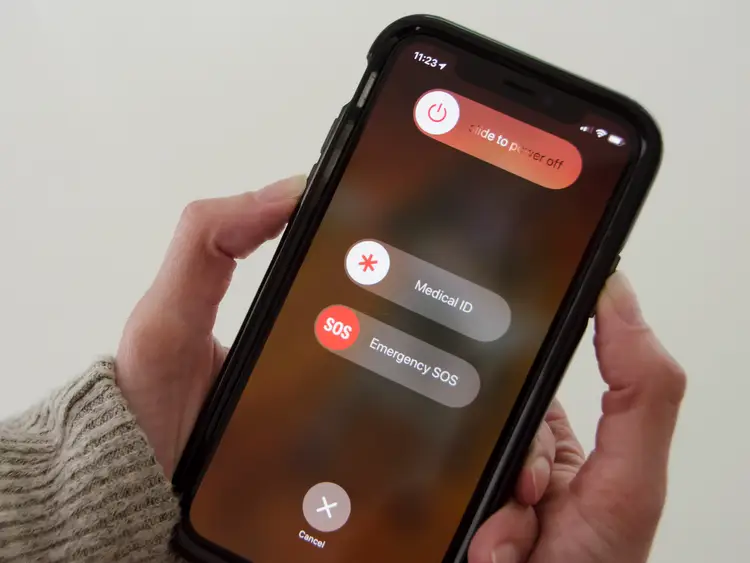
The age old trick of restarting your device may seem laughable, but sometimes it really does get the job done. At the end of the day, Face ID is a piece of software, and is vulnerable to glitches and lags. By restarting your device, any runtime fault encountered will be erased and the system will be rebooted. It’s possible that just a simple restart may fix your issue entirely.
Modern iPhones can be turned off by simultaneously pushing the power button on the right and the volume up button on the left.
If you have an older model iPhone with a Home Button, you may switch it off by holding down the power button to the right continuously until the message “Slide to turn off iPhone” appears. The phone will wake up and restart if you press the power button once more.
2. Make Sure Your Face ID Is On
One of the first things you should do if you find that your Face ID is not working is to check and see if it is on in the first place.
- Navigate to Settings on your device.
- Tap Face ID & Passcode. If you are prompted to do so, enter your passcode.
- See if Face ID has been turned on for whichever feature you are attempting to use it for. There are four options listed: iPhone Unlock, iTunes & App Store, Wallet & Apple Pay, and Password Autofill.
- Toggle these features to green to turn them on.
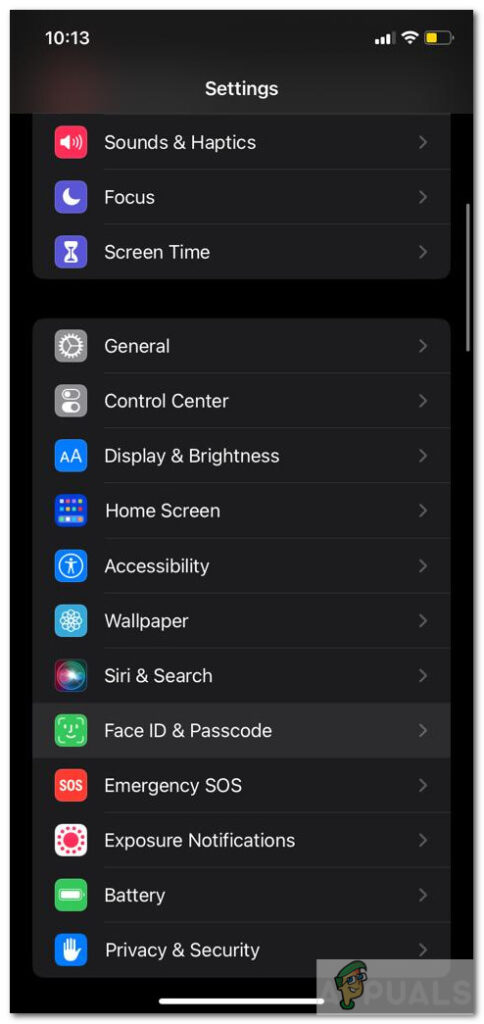

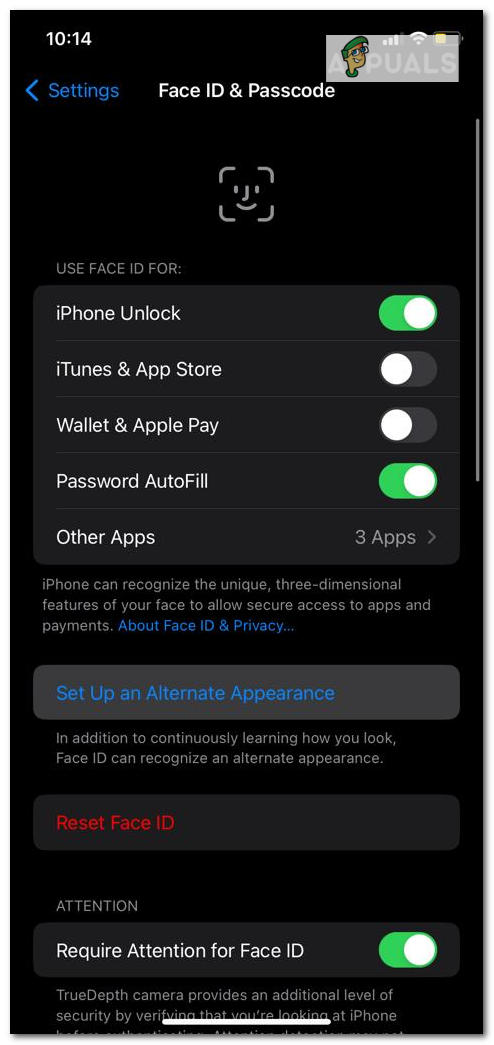
3. Clean the TrueDepth Camera
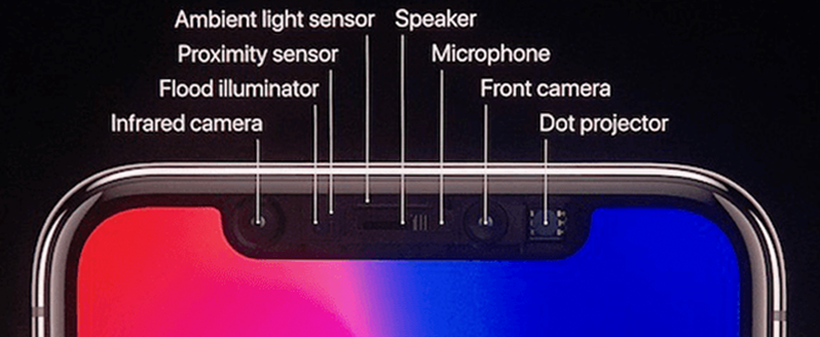
The TrueDepth camera is what is responsible for making Face ID possible. How this camera recognizes your face is through projection. Thousands of tiny dots are used to create an invisible map connecting your facial features. This map is then saved and used to authenticate your face for future readings. The TrueDepth camera is located on the top of the iPhone display.
If your TrueDepth camera is clogged or broken, that may be a cause for why your Face ID is not working.
- Remove anything protecting the TruDepth camera (such as a case or a screen protector) so it is bare.
- Using a microfiber cloth, gently wipe away any impurities such as dirt or dust that may be covering the camera.
- Lock your iPhone and attempt to unlock it using Face ID to check if the problem was solved.
4. Check if your iPhone is fully updated
Every few months, a new iOS update is available to download. Although phones usually work perfectly fine even on older versions of iOS, it could be a reason as to why your Face ID has suddenly stopped functioning. Make sure your current iPhone or iPad supports the Face ID feature and you have updated to the latest iOS version.
- Open the Settings app and navigate to the General category
- Tap on Software Update
- Wait while your device checks if your iPhone is fully updated to the latest version.
- If an update is available, tap on Download and Install.
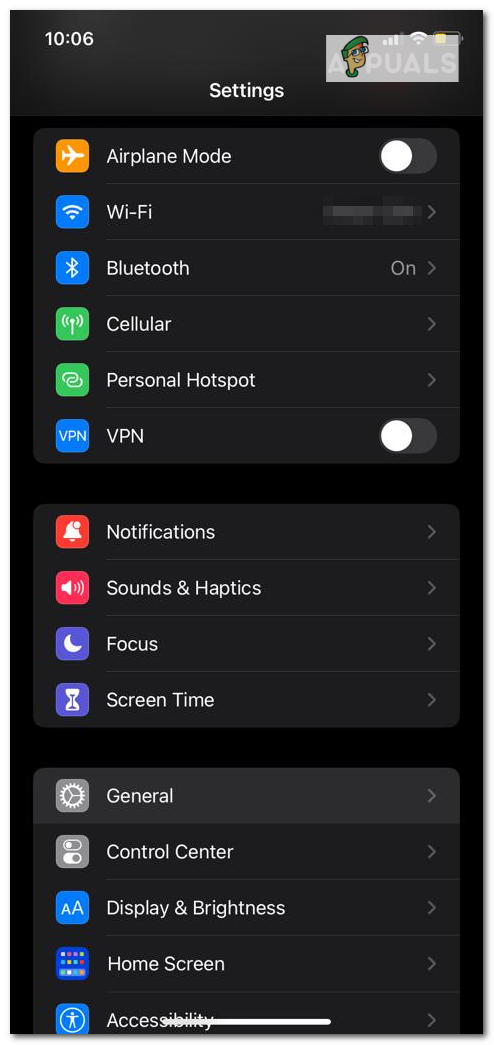
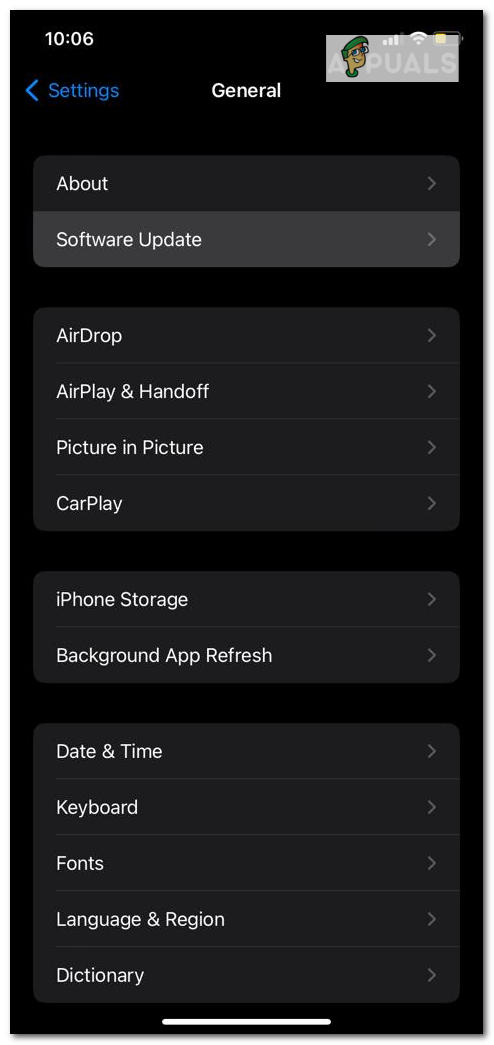

5. Make sure your device supports the orientation
Depending on the model of your device, Face ID will work on portrait or landscape orientation or both. The iPhone 13 and 14 models that have iOS 16 all have Face ID supported on both portrait and landscape orientations. If your device is older than the iPhone 13 or is using an older iOS version, Face ID will only work in portrait orientation. iPad models all support Face ID in any orientation.
6. Reset Face ID
It’s possible that Face ID has been incorrectly configured in your device, which is why it isn’t working.
- Go to Settings on your iPhone or iPad and select Face ID & Passcode.
- Enter your passcode.
- Select Reset Face ID.
- Tap on Set up Face ID.
- Follow the steps of scanning your face to set your Face ID again. Make sure you are not wearing anything on your face that may prevent your face from being scanned properly.
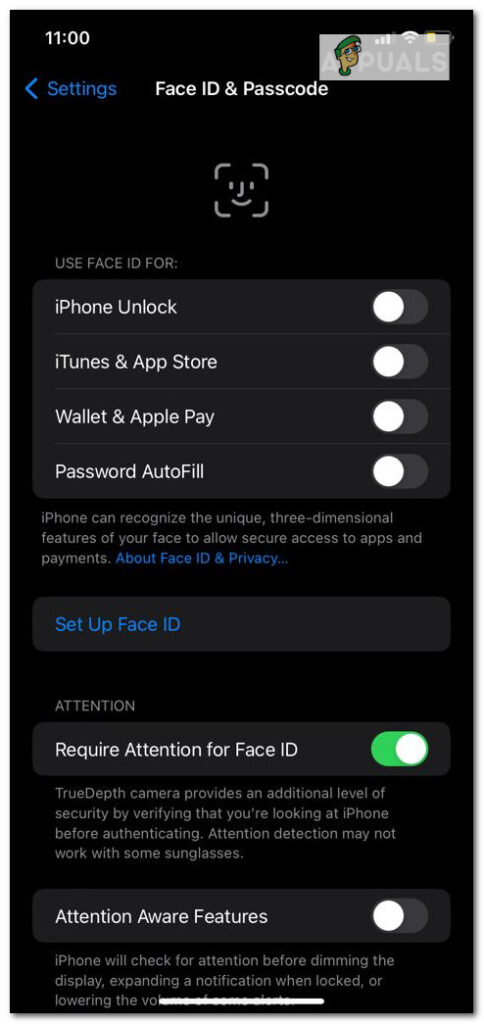

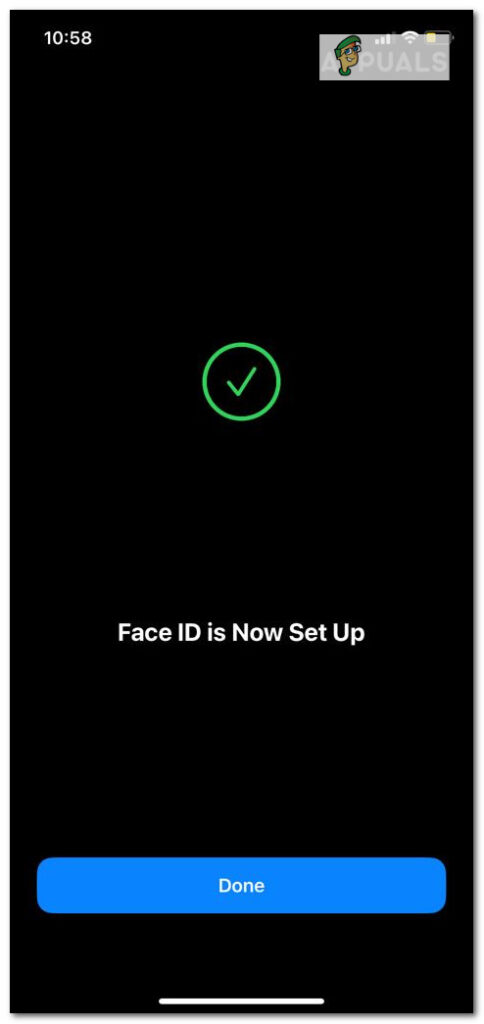
7. Check if you are too far from your device
The Face ID’s TrueDepth camera has a certain range where it is able to detect a user’s facial features correctly. This distance ranges between 10 and 20 inches. In layman’s terms it is about an arm’s length or closer to your face just like how you would take a selfie or answer a FaceTime call. Try testing your Face ID with your phone held a little closer to your face so the camera is able to capture your features completely.
8. Make sure nothing is blocking your face
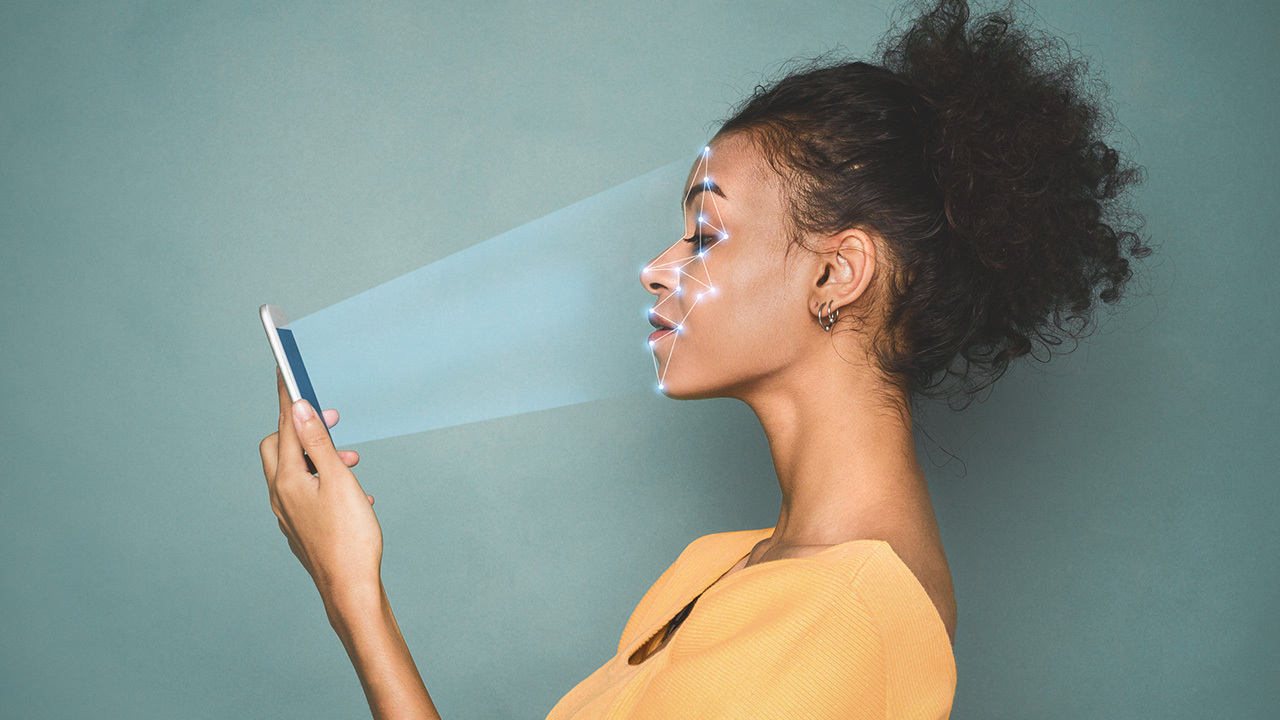
As Face ID functions through recognizing and identifying face patterns, it needs your face to be fully visible for the program to work correctly. If you Face ID isn’t working, be sure to check if something is covering the core portions of your face such as the eyes, nose, and mouth.
According to Apple Support, although Face ID does work with certain sunglasses models, it is not designed to do so. So if you are wearing sunglasses or other forms of eyewear, try taking them off and test again.
9. Disable Screen Time
The Screen Time feature in Settings is a useful feature of Apple devices. This feature allows you to analyze your app activity and set limits on usage. Although this does not seem linked to Face ID, toggling Screen Time may fix your issue. Many device owners are using this trick with successful results.
10. Add An Alternate Appearance
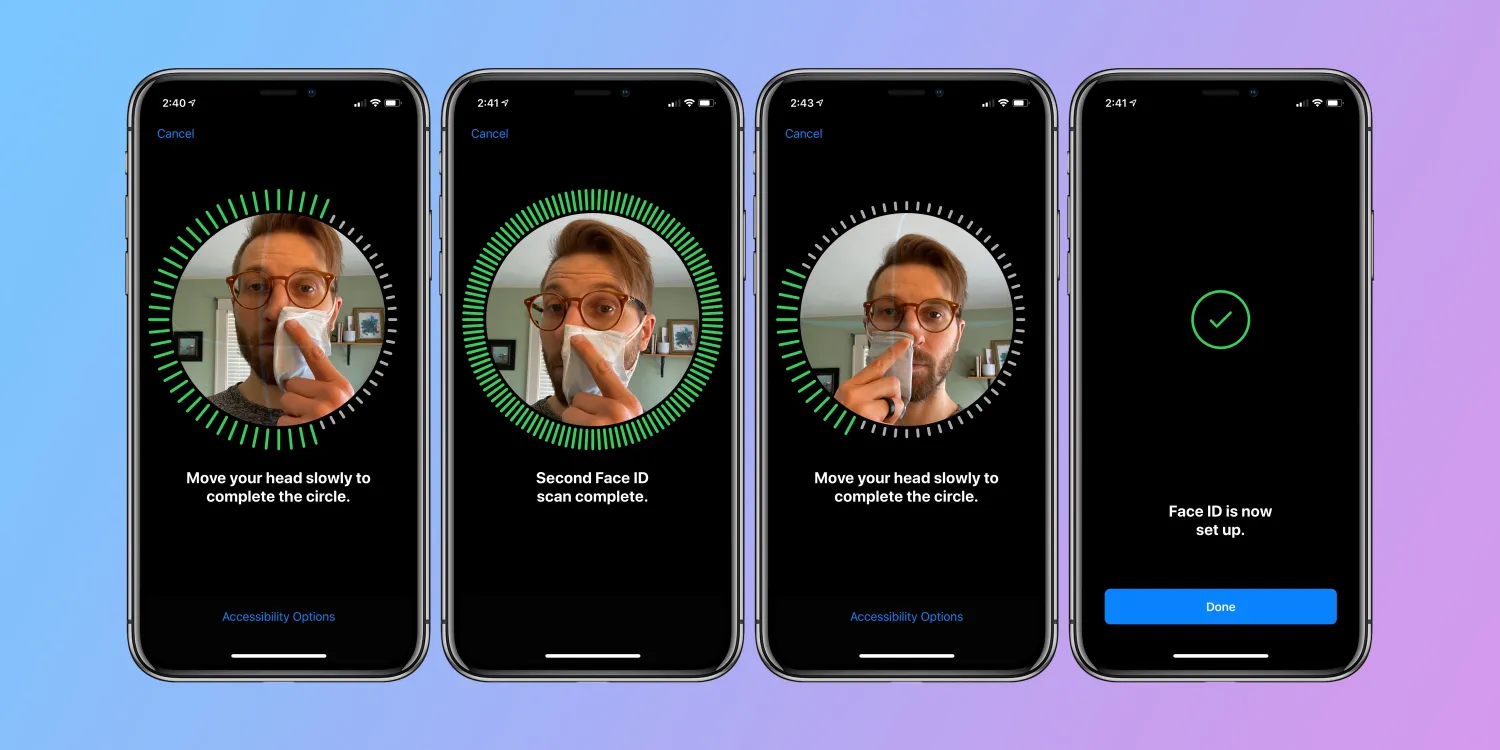
Face ID is designed with an Alternate Appearance option, where different versions of your face can be captured and identified as one. This is so that if your face evolves or is temporarily altered for any reason, the software captures it and authenticates your face anyway.
If your Face ID has stopped working, it may be due to a change in your appearance. Minor changes can often cause the software to fail in its recognition.
- Open the Settings app and go to Face ID & Passcode.
- You will be prompted to enter your passcode in order to proceed, so make sure to enter it correctly.
- Tap on Set Up an Alternate Appearance.
- Follow the instructions there and you are all set up.
11. Turn Face ID for iTunes & App Store on and off
Face ID is very useful when it comes to making purchases on the app store, as there is no password entering required. Your face is what authenticates transactions on the app store. However, if you are facing issues in just using Face ID in the app store and it otherwise works fine, then there may be a quick fix.
- Navigate to the Settings app in your device.
- Tap on the Face ID & Passcode category.
- Disable and re-enable the option Face ID for iTunes & App Store.
12. Check for humid conditions
The Face ID reportedly stops working in certain temperature conditions. If you have taken your device into the shower and then notice that the Face ID has stopped working correctly, then the humid conditions may be the reason why. Keep your device in an airy and open setting for a few minutes and see if it goes back to normal.
13. Check your front facing camera
One thing you can check to help diagnose the issue is to see if other activities involving your front facing camera are functioning properly. Can you take front facing pictures? Does FaceTime work properly?
If the problem is not limited to just Face ID, then your front facing camera may have an underlying issue. This could be due to someone dropping the device and causing damage to the camera lens. If this is the case, the problem may be a result of damaged hardware that will require attention from a technician in order to fix.
14. Tap front camera multiple times
This may seem like a trivial way to solve the issue of Face ID not working properly, but many users have reported that it is a quick fix. The sensor might have moved into the incorrect position and needs to be refreshed. Tap gently on the front camera where the infrared camera is located. This will reactivate the sensors in place and hopefully resolve the problem.
15. Put your device in DFU Mode
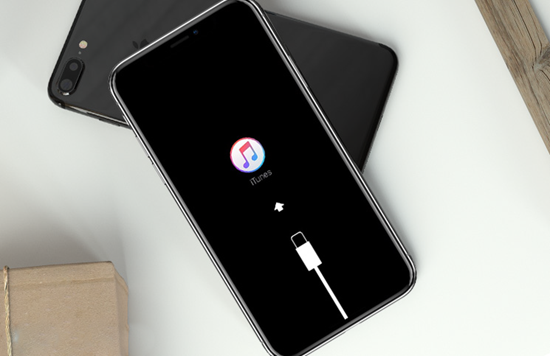
If all else fails, you can try putting your device in DFU mode. On an iPhone or iPad, the DFU (device firmware update) restoration is the most thorough restore you can carry out. Every line of code on your device is deleted and loaded again, giving it a brand-new start. Many Apple technicians have reported using this fix to solve a variety of software-related issues, so it is definitely worth a try.
Keep in mind that restoring using DFU mode may cause all the data stored on your device to be deleted, so make sure to back up everything before trying it out.
- Press the volume up button on the side of your iPhone for 1 second and then quickly release it.
- Repeat this step for the volume down button
- Press the power button on the other side of your iPhone. Keep pressing until the screen turns black.
- Continue to hold the side power button while also pressing the volume down button. After 5 seconds, release the power button.
- Continue to hold the volume down button until your iPhone shows up in iTunes or Finder. Release the button immediately. You are now in DFU mode.
- If the Apple logo appears on the screen, it means that you held down the volume down button for too long. Repeat the above process to try again.
Final Thoughts
At least one of the solutions above is bound to help you get your Face ID feature up and running again. If the problem still persists, however, it must mean that there is some serious hardware problem that needs to be diagnosed by a professional technician. The best solution would be to visit your nearest Apple store with your device and hope they are able to fix the issue without causing too much damage on the pocket.
 Reviewed by
Reviewed by 